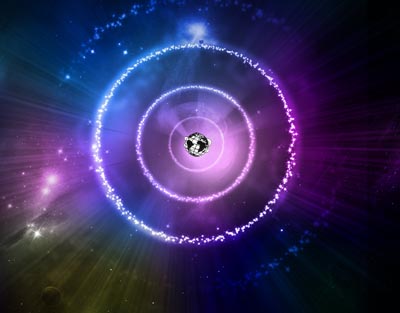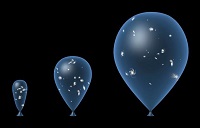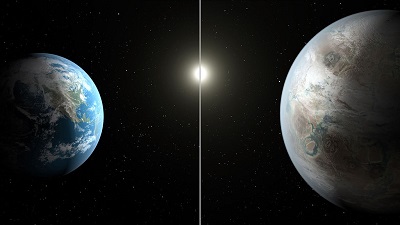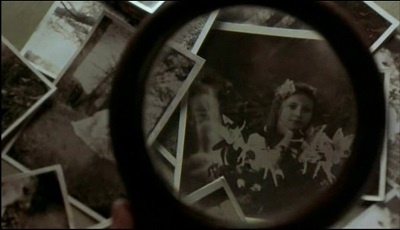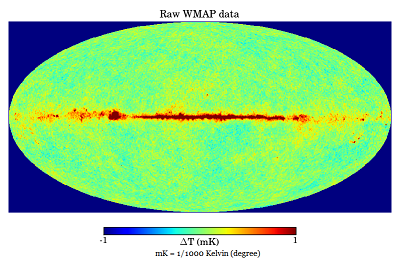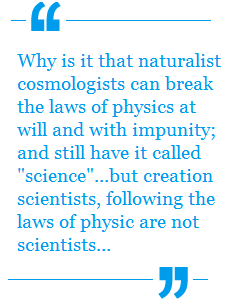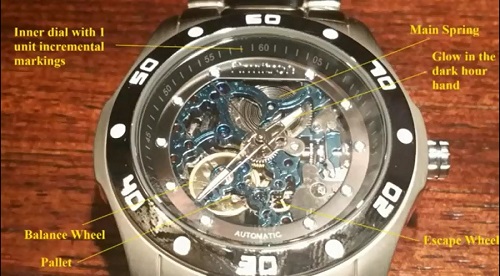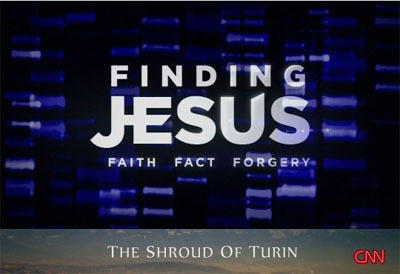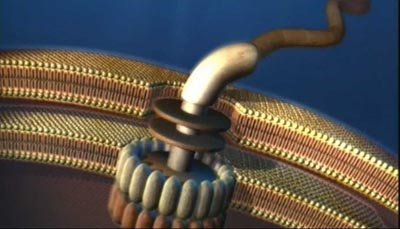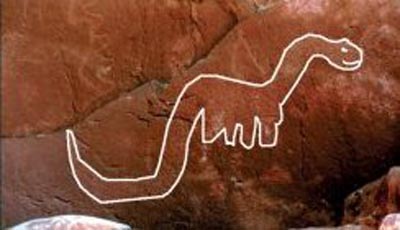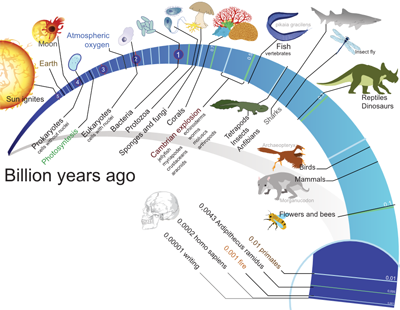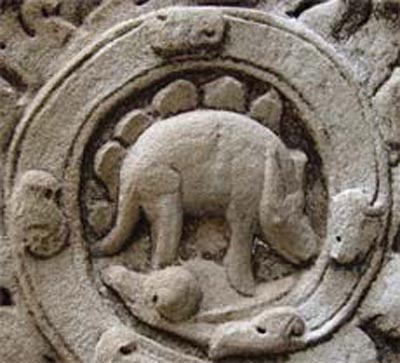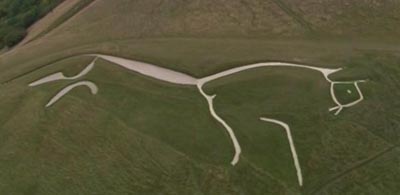New discoveries about the organization of the galaxies in space are challenging what big bang theorists have always believed about the the structure of the universe. The new evidence challenges the tenets of the popular but disputed big bang theory down to its core. Even though the big bang was first proposed by a belgian priest named Georges Lemaitre, it is essentially a secular theory stating only naturalistic causes are responsible for the creation of the universe. That being the case there are two essential assumptions key to the theory which are required to maintain the appearance of the creation of the universe being an entirely natural event.
Those two key assumptions are that the universe is both homogenous and isotropic. “Homogenous” refers to the supposition that the matter in the universe is evenly distributed. “Isotropic” assumes that where ever you look and from whatever vantage point you look, the universe would look the same. Or as NASA puts it:
” …if you viewed the contents of the universe with sufficiently poor vision, it would appear roughly the same everywhere and in every direction. That is, the matter in the universe is homogeneous and isotropic when averaged over very large scales. This is called the Cosmological Principle.”1
These two principles are necessary to prevent the conclusion of special creation particularly in light of Hubble’s discovery in 1929 that resulted in the law that bears his name. That discovery – based on observing the red shift of galaxies2 – is that all galaxies are moving away from us. And the further away the galaxy is, the faster it’s moving. This is true in whatever direction you look – everything is moving away from us, and the most distant ones are moving fastest. It doesn’t take a genius to figure that fact appears to put us at the center of the universe. Hubble, an atheist, abhorred that thought. Putting our planet at the center of the universe is not the expected outcome of a lifeless, careless explosion. That is more like something a loving God who wanted us to have a good vantage point would do. How to over come that and keep the appearance of a naturalistic process?
|
|
By assuming that the universe is both homogenous and isotropic. Then the expansion of space can be described with the common balloon illustration. Picture the universe as an expanding balloon (opposite). Like the galaxies visible on the surface – as the balloon grows larger everything on the surface moves away from each other – regardless of where you look, or where you are. |
Thus the big bang requires that the universe is both homogenous and isotropic.3
But the latest discovery by scientists indicates that the universe is neither homogenous nor isotropic. Instead of being the equivalent of an amorphous blob, scientists are discovering there is a distinct structure to the universe, and the earth appears to be in the center of it.
Regarding the structure of space, space.com reports: Continue Reading

